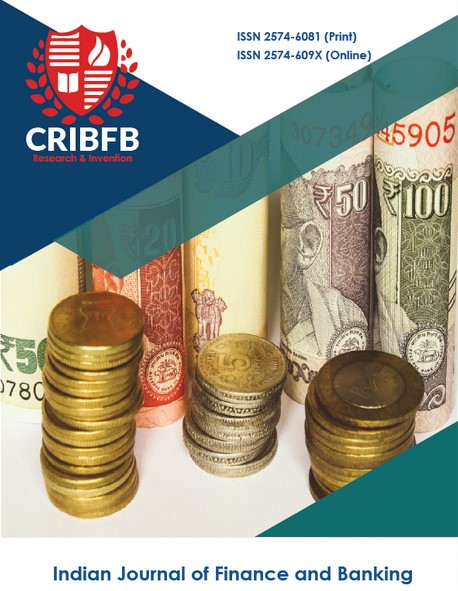Non-Performing Loan in Bangladesh: A Comparative Study on the Islamic Banks and Conventional Banks
Main Article Content
Abstract
The banking business is one of the booming businesses in Bangladesh. But at present, the sector is struggling to be on the growth path due to the growing proportion of Non-Performing Loan (NPL). The NPL has instigated a negative influence on the growth of Banking Business. This study has compared the severity of the impact of operational modes between two mainstream banking systems, traditional banking and Islamic banking, which may affect Non-performing loans. Other variables such as governance of the banks, bureaucracy, and size of the banks, the difference in reserve ratio, capital adequacy ratio, and interest rates have different impacts on NPL. We have explained the impact of the variables on the bank performance as per mainstream banking operational model. Finally, we have proposed some evocative measures through which the Non-performing loan can be minimized.




